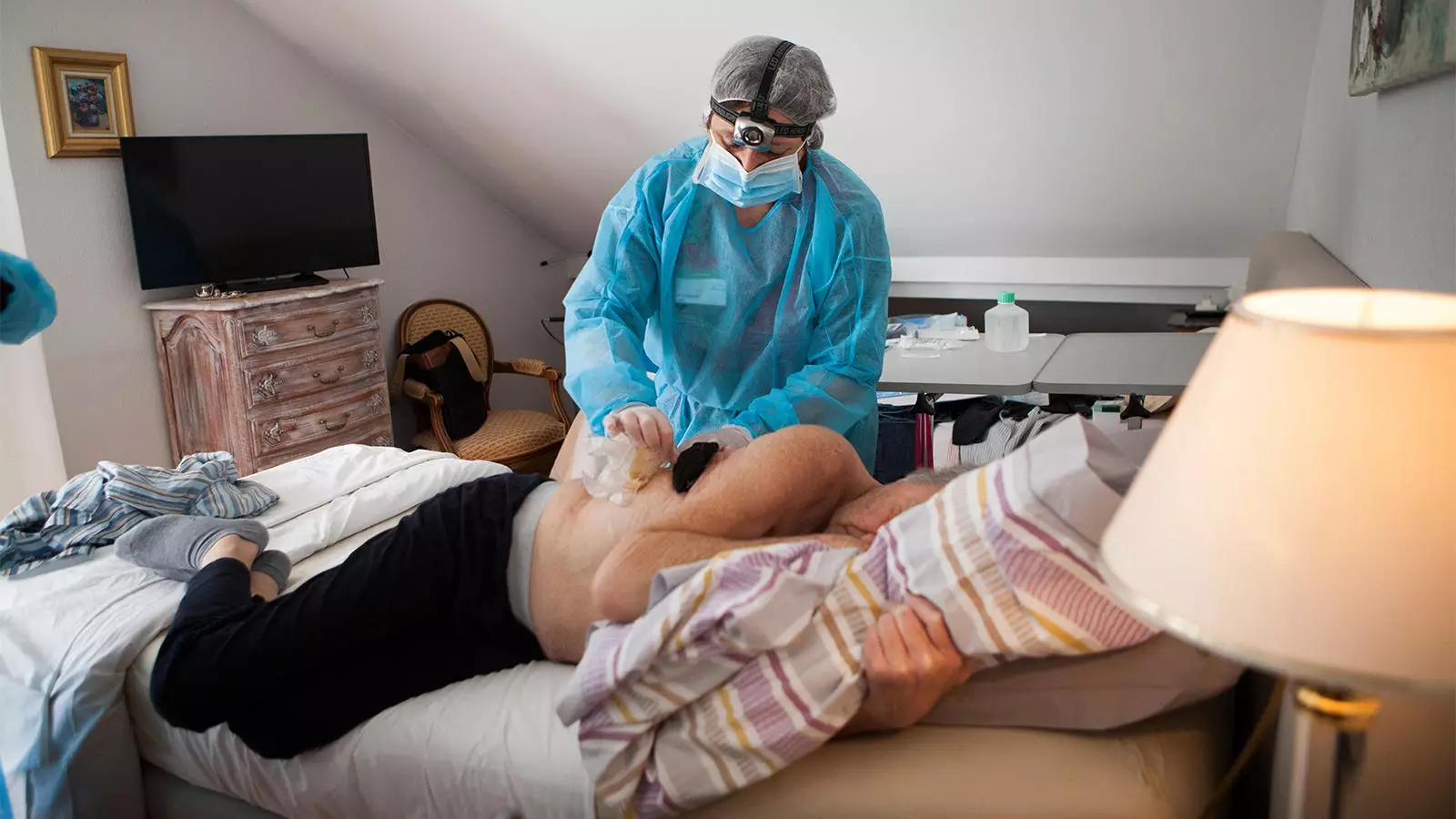The emerging care model of “hospital-at-home” has gained traction in recent years, offering patients the opportunity to receive acute hospital care in the comfort of their own homes. While this model has shown significant benefits in terms of cost reduction, improved outcomes, and enhanced patient experience, there are underlying concerns that are not being adequately addressed. The eligibility criteria for hospital-at-home care may inadvertently create disparities between those who have access to this service and those who do not. Factors such as the availability of a competent primary caregiver and a safe home environment can impact a patient’s eligibility for hospital-at-home care, potentially excluding individuals who could benefit from this model.
In order to promote equity in hospital-at-home care, several key recommendations can be implemented. For instance, ensuring safe storage of meals and medications is crucial to supporting patients throughout their recovery process. Patients living in food deserts may struggle to access nutritious meals, so healthcare systems should provide temperature-appropriate meals with proper storage solutions. Additionally, energy equity is an essential consideration for patients receiving hospital-at-home care, as under-resourced individuals may face challenges in meeting increased electricity costs. Subsidizing energy consumption upfront and implementing energy-efficiency initiatives can help alleviate this burden for vulnerable populations.
Access to technology is another important aspect to consider when striving for equity in hospital-at-home care. Patients without internet or digital literacy may be excluded from this model of care, highlighting the need for hospitals to offer technology resources to patients. Government-funded internet subsidies can also bridge the technology gap for low-income individuals, ensuring that all patients have the necessary tools for successful home care. Additionally, addressing environmental and hygiene concerns is essential for promoting health equity. Patients living in unclean environments may face additional health risks, necessitating support for proper waste disposal and cleaning supplies. Government and insurance companies can play a role in covering the costs of maintaining a safe and hygienic home environment for patients receiving hospital-at-home care.
As the hospital-at-home care model continues to evolve, it is essential to prioritize equity in its implementation. Closing resource and education gaps, conducting cost-effectiveness studies, and evaluating outcomes are critical steps in ensuring that hospital-at-home care is accessible to all who could benefit from it. Comparative effectiveness research can shed light on the cost differentials between hospital-at-home care and traditional hospital settings, taking into account the impact of social determinants of health on patient outcomes. By focusing on equity issues and promoting fair and equitable access to hospital-at-home care, healthcare systems can enhance patient satisfaction, improve health outcomes, and reduce healthcare costs in the long run.


Leave a Reply